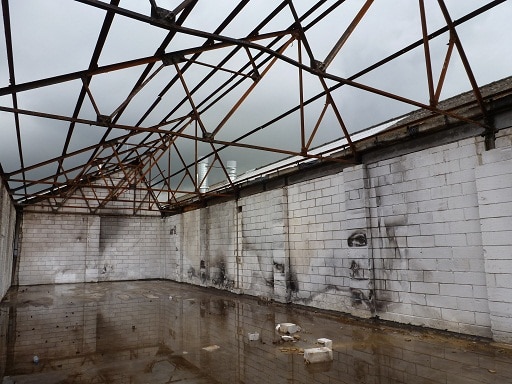
18 Feb Construction Surveys — How Are They Done?
Whenever you’ve bought a house, the chances are you’ll have had a survey done to ensure you’re not buying a property that will give you problems further down the line. This is the most common reason for having a construction survey done, but not the only one.
What Is a Construction Survey?
A survey is simply a professional examination of a building, usually by either a Chartered Surveyor or a Structural Engineer, to determine whether its construction is sound. Though not obligatory, it’s common sense to have one done before buying a property. This is usually a fairly straightforward affair unless the building is older or shows signs of dilapidation.
In this case, or if your home shows signs of subsidence or structural damage, a more detailed structural survey might be required. This is normally done by a Structural Engineer, who’ll carry out a full internal and external survey to discover any defects that might not be obvious.
What Does a Structural Survey Involve?
The Structural Engineer will examine the exterior of the building for damage. This will include the roof, along with the chimneys and gutters, as well as the walls, doors and windows for cracks or frames pulling away from the masonry. They’ll also check that your drainage is functioning properly — correcting this could make more substantial work unnecessary.
Additionally, they’ll look at the interior, including the roof space. This will include examining all the walls, floors and ceilings for warping or cracks, as well as woodwork for signs of rot or woodworm. They’ll be on the lookout for signs of damp or condensation, too.
Why Might You Need a Structural Survey?
The most common reason for arranging a structural survey is if you suspect your home has suffered from subsidence. The symptoms are likely to be substantial internal or external cracks in the walls or the frames of the doors and windows pulling away from the masonry.
It’s vital to have a survey done in these cases since subsidence can be caused by a variety of conditions. If the problem is weak soil or a cavity under the building (old mine workings, for instance), you’ll probably need your foundations underpinned. Sometimes, though, the subsidence can be stopped more cheaply by fixing your drains or removing tree roots.
The Structural Engineer is likely to spend between four and eight hours surveying your home, with the report delivered within ten working days. Once you have the report, you’ll be able to discuss with a construction firm what needs to be done.
You’re very welcome to get in touch with us if you want to know more about Construction Surveys.




